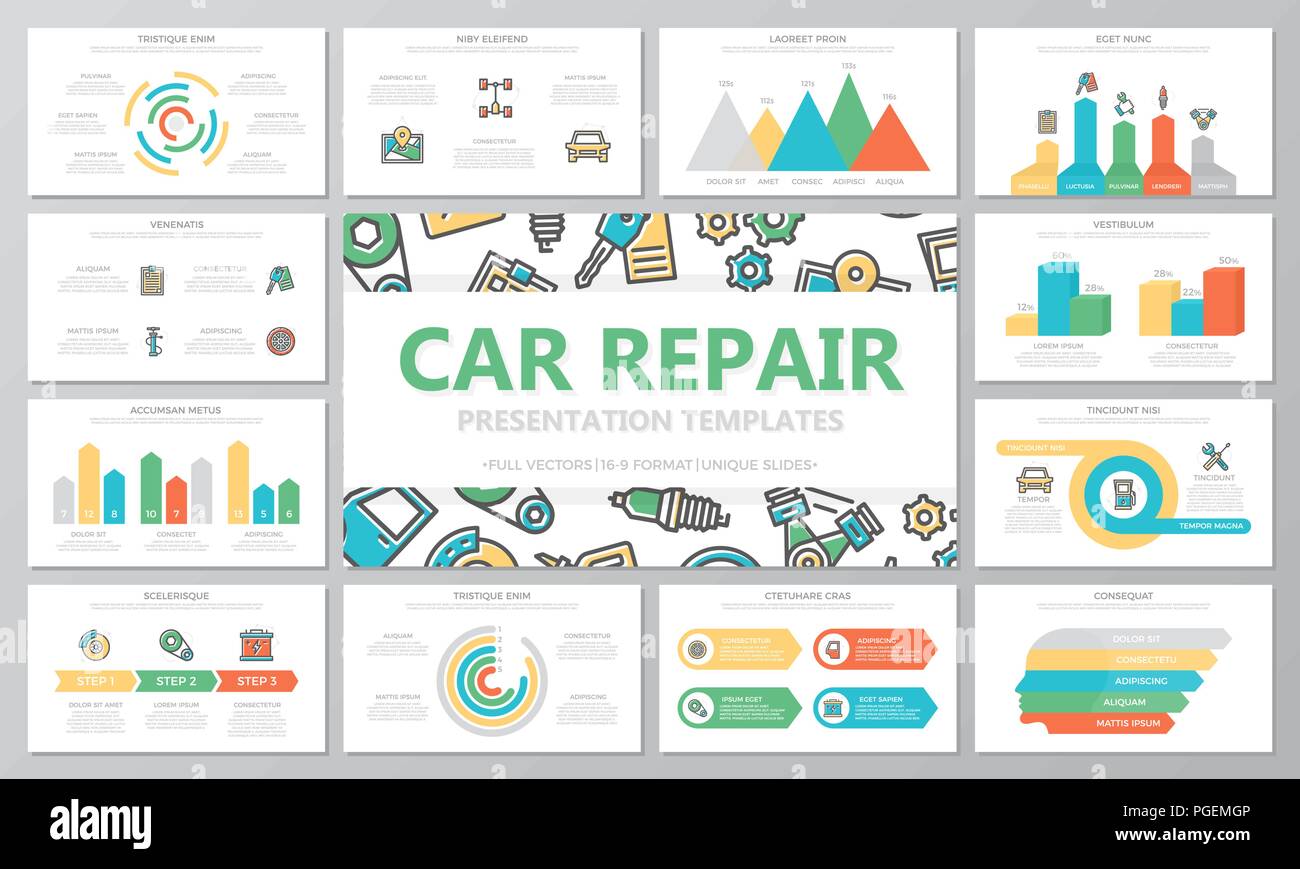When you lag the wheel, those radiant caution lights on your dashboard can be a little bit difficult. Do you recognize what they're attempting to tell you regarding your vehicle's health? Understanding the relevance of these lights is essential for your safety and the longevity of your automobile. So, the next time one of those lights appears, would not you want to analyze its message properly and take the necessary steps to address it?
Common Warning Lighting and Interpretations
Determine typical caution lights in your car and recognize their significances to make certain risk-free driving.
The most typical warning lights include the check engine light, which indicates problems with the engine or discharges system. If this light begins, it's essential to have your automobile checked quickly.
The oil pressure alerting light shows reduced oil pressure, calling for prompt attention to prevent engine damage.
A flashing battery light may recommend a defective charging system, possibly leaving you stranded if not dealt with.
The tire stress tracking system (TPMS) light alerts you to low tire stress, affecting car stability and gas effectiveness. Ignoring detaiking can lead to hazardous driving problems.
The abdominal light suggests an issue with the anti-lock stopping system, compromising your ability to stop rapidly in emergency situations.
Finally, the coolant temperature level cautioning light warns of engine overheating, which can result in extreme damage if not solved swiftly.
Comprehending these usual caution lights will aid you attend to concerns quickly and preserve safe driving problems.
Importance of Prompt Focus
Understanding the usual caution lights in your car is only the initial step; the relevance of immediately attending to these cautions can not be emphasized enough to guarantee your safety when traveling.
When a caution light illuminates on your control panel, it's your automobile's means of communicating a potential concern that needs focus. Disregarding these cautions can result in extra severe troubles later on, jeopardizing your safety and security and potentially costing you extra in repairs.
Trigger attention to warning lights can protect against break downs and crashes. For advanced detailing , a blinking check engine light might show a misfire that, if left neglected, might trigger damages to the catalytic converter. Addressing this immediately can conserve you from a costly fixing.
Likewise, a brake system advising light could signify reduced brake liquid or used brake pads, critical components for your safety when driving.
Do It Yourself Troubleshooting Tips
If you notice a caution light on your control panel, there are a couple of do it yourself troubleshooting pointers you can try prior to seeking specialist help.
The primary step is to consult your auto's guidebook to understand what the certain warning light suggests. In some cases the issue can be as simple as a loose gas cap causing the check engine light. Tightening up the gas cap might settle the trouble.
Another usual issue is a reduced battery, which can activate numerous cautioning lights. Examining the battery links for deterioration and guaranteeing they're protected could deal with the problem.
If a caution light persists, you can attempt resetting it by detaching the auto's battery for a few mins and after that reconnecting it. Furthermore, examining your lorry's fluid degrees, such as oil, coolant, and brake liquid, can assist fix cautioning lights related to these systems.
Final thought
In conclusion, recognizing your automobile's caution lights is necessary for maintaining your automobile running smoothly and securely. By quickly attending to these notifies and knowing what they indicate, you can prevent expensive fixings and potential breakdowns.
Remember to consult your automobile's guidebook for particular information on each cautioning light and act appropriately to ensure a trouble-free driving experience.
Stay educated, remain safe when traveling!
